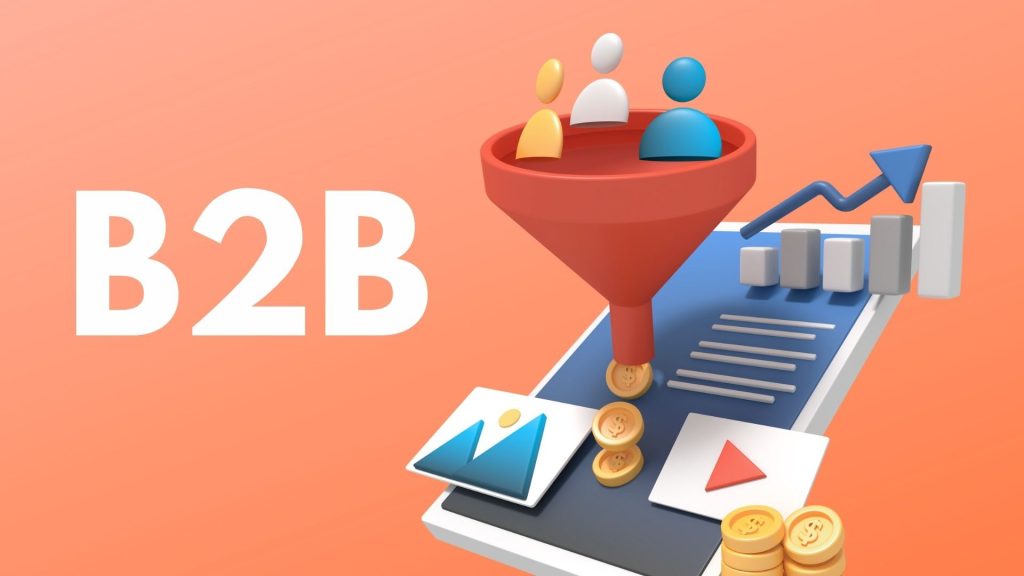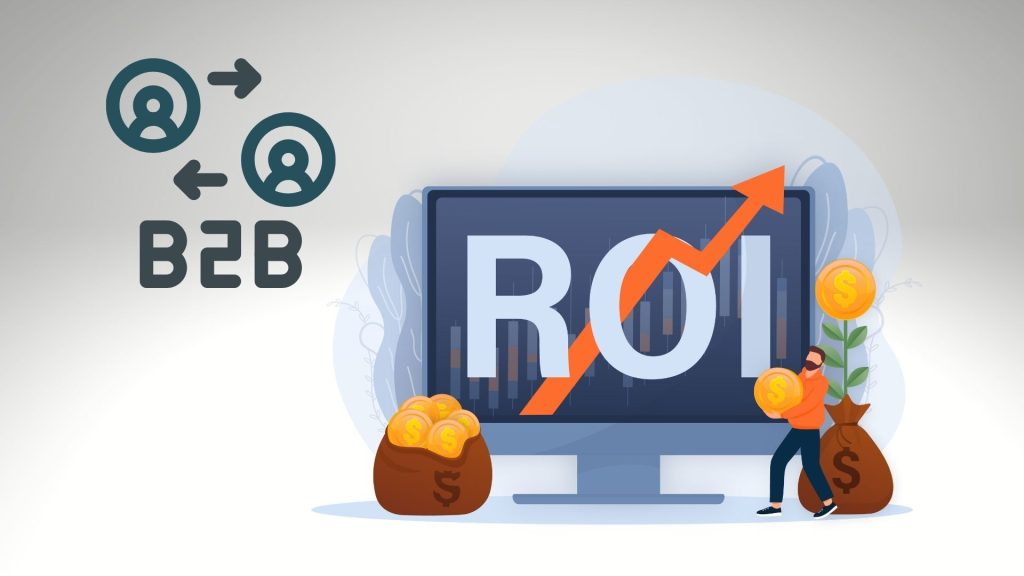How to Reduce Customer Acquisition Cost (CAC)

Customer acquisition cost (CAC) is a critical metric that influences any business’s financial health and growth potential. Managing and lowering CAC requires a strategic approach that balances marketing spend with effective customer engagement. In this article, we will explore how to calculate CAC accurately, optimize marketing channels and campaigns, enhance user experience to boost conversion rates, and leverage customer retention to reduce overall acquisition costs. We will also examine cost-effective tactics such as referral programs and the importance of continuous measurement to sustain long-term profitability.
Understanding Customer Acquisition Cost and Its Calculation
Customer acquisition cost represents the total cost associated with acquiring a new customer. It includes all sales and marketing expenses divided by the number of new customers gained within a specific period.
Accurately calculating CAC is essential as it serves as a fundamental metric to evaluate the efficiency of marketing campaigns and sales funnels. Companies often calculate CAC by aggregating total marketing spend, covering digital ads, email campaigns, influencer marketing, PPC and SEO, and dividing it by the number of paying customers acquired.
Tracking this metric consistently allows businesses to identify cost-effective ways to reduce the cost of attracting more clients and optimize marketing efforts. It also serves as a benchmark to compare against customer lifetime value, ensuring long-term profitability. Without a precise calculation, organizations risk overspending on channels or campaigns that do not convert sufficiently, thereby unnecessarily inflating customer acquisition costs.
Optimizing Marketing Channels and Campaigns to Lower CAC
A critical step to reducing customer acquisition cost is analyzing which marketing channels are driving the best results. Leveraging analytics and tracking enables marketers to pinpoint channels that deliver high conversion rates at a lower cost. For example, Google Ads and Facebook Ads are popular but vary in cost-effectiveness depending on the target audience and product or service. SEO and influencer marketing, meanwhile, often offer a more cost-effective way to generate organic traffic and brand awareness, thereby lowering CAC over time.
Marketing campaigns designed around a clear understanding of the target audience tend to achieve better engagement and higher conversion rates. Personalizing messages for potential customers through segmented email campaigns or retargeting ads ensures that the marketing spend is not wasted on unlikely prospects. This strategic focus on channels and messaging directly impacts lowering customer acquisition costs and maximizing return on ad spend.
Enhancing User Experience and Conversion Rate Optimization
Improving the user experience on landing pages and within the sales funnel plays a significant role in reducing CAC. When potential customers encounter a smooth, intuitive journey, starting from the landing page to the final purchase, they are more likely to complete a conversion. Optimizing conversion rates and lowering CAC go hand in hand because even small improvements in the sales funnel can substantially reduce the cost per acquisition.
Using tools like Google Analytics data helps identify drop-off points where potential customers abandon the process. Refining the message, simplifying navigation, and enhancing page load speed all contribute to better conversion rates. Investing in user experience and a well-structured funnel ensures that more visitors become paying customers without increasing marketing spend.

Leveraging Customer Retention and Lifetime Value to Reduce CAC
Reducing customer acquisition cost is not solely about attracting new customers; it is equally important to focus on existing customer relationships. Customer retention efforts, such as personalized product recommendations and loyalty programs, increase each customer’s lifetime value (CLV). Higher CLV allows businesses to invest more efficiently in acquiring new customers because profitability over time improves.
Effective use of retargeting strategies and email campaigns to engage repeat customers also contributes to a lower CAC. When businesses nurture strong customer relationships, they create brand advocates who can refer new customers at minimal cost. This dynamic not only reduces the total cost associated with acquiring new customers but also strengthens the overall customer base.
Utilizing Referrals and Cost-Effective Tactics to Acquire New Customers
Referral programs are one of the easiest and most cost-effective ways to reduce customer acquisition costs. Referred customers are more likely to convert and often demonstrate better retention rates. Social media posts and influencer collaborations amplify reach without a proportional increase in marketing spend, making these methods highly efficient.
Offering discounts or promoting free trials can also motivate potential customers to complete a purchase, reducing the sales funnel friction. These incentives provide a tangible reason for prospects to engage and convert, helping businesses lower their CAC while maintaining a positive customer experience.
Measuring Success and Continuously Improving Customer Acquisition Strategy
Regular measurement of key performance indicators such as ROI, return on ad spend, and overall profitability is vital for a sustainable customer acquisition strategy. By analyzing the total number of customers acquired through various marketing channels, businesses can refine their approach to maximize efficiency. Continuous optimization based on data ensures that marketing campaigns evolve with the changing behaviors of the target audience.
Revisiting the sales funnel, improving conversion rates, and enhancing customer experience remain ongoing priorities. These efforts cumulatively lower customer acquisition costs and build a scalable growth model.
Conclusion
Reducing customer acquisition cost demands a multifaceted approach that combines precise calculation, marketing channel optimization, enhanced user experience, and strong customer retention strategies. By focusing on conversion optimization, leveraging referrals, and continuously measuring ROI, businesses can lower CAC effectively without compromising the customer journey. Balancing acquisition with retention and lifetime value maximization creates a robust framework for sustainable growth, ensuring that acquiring new customers remains profitable and scalable over time.


